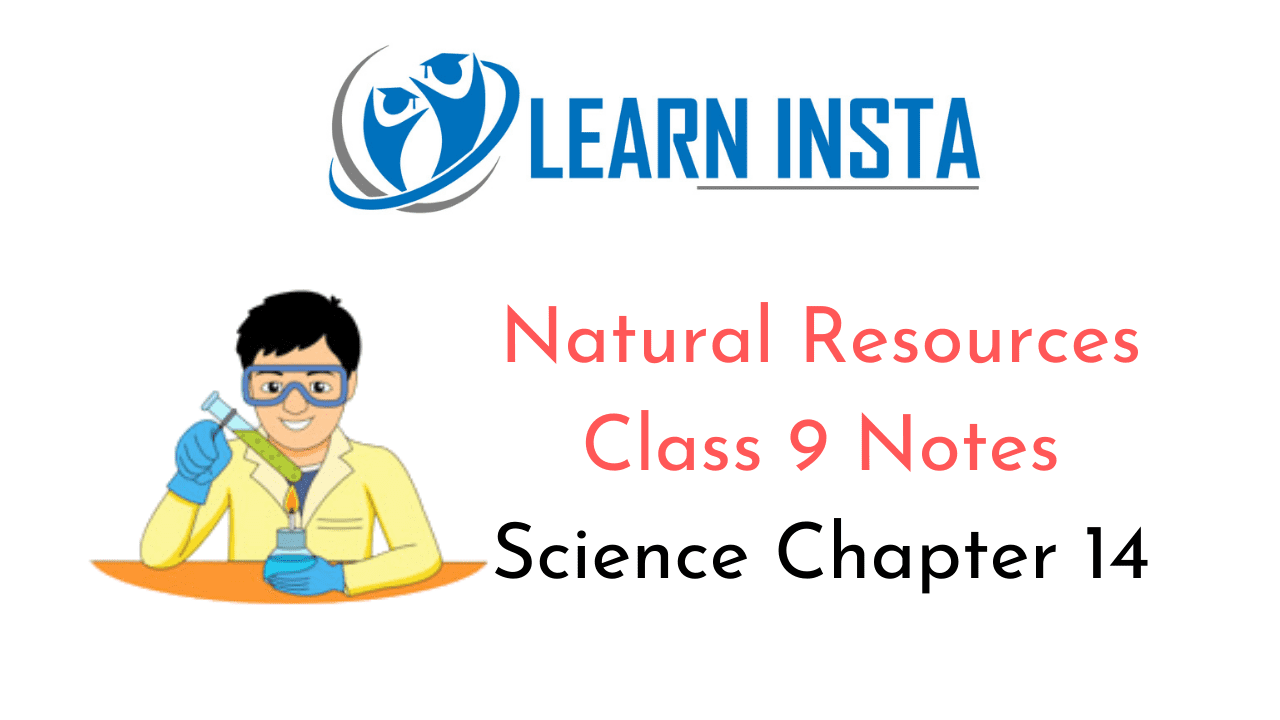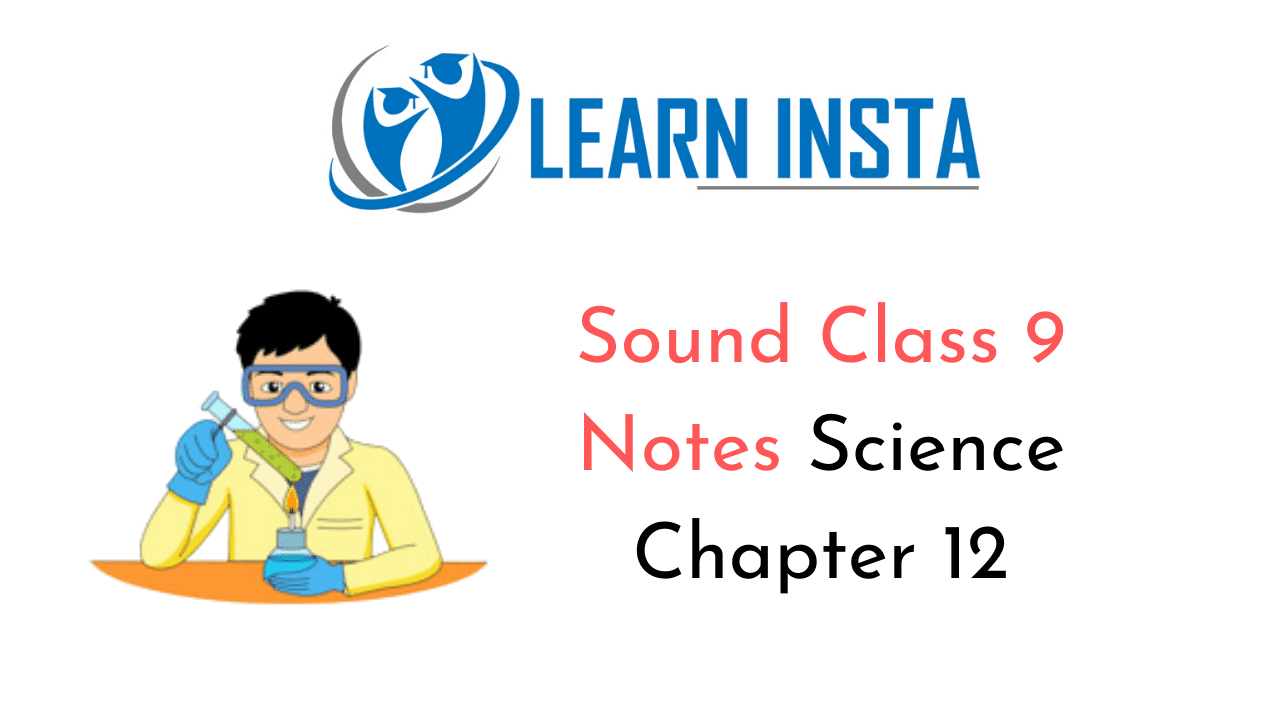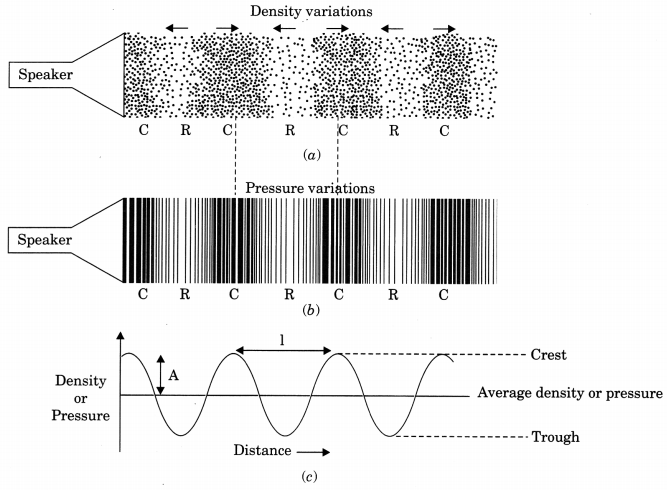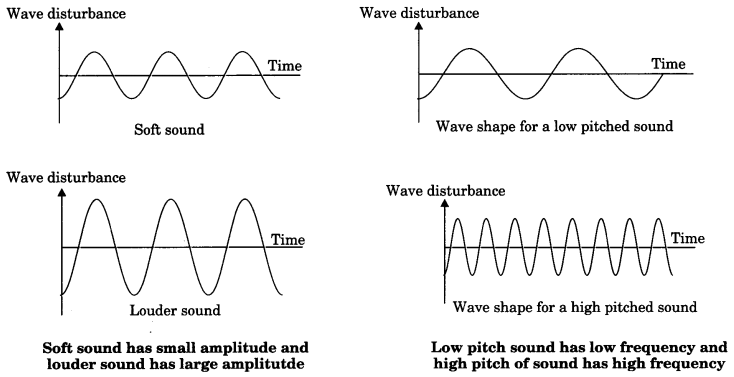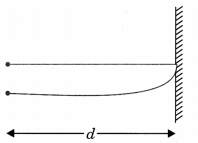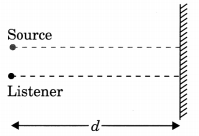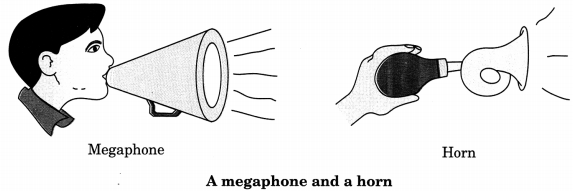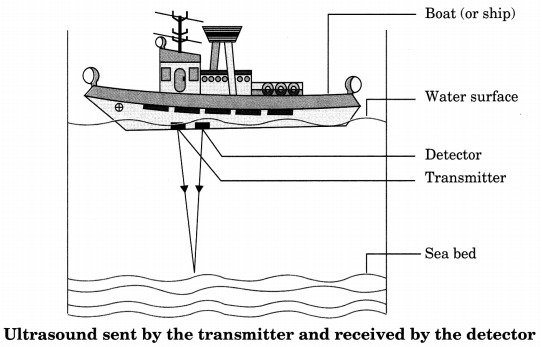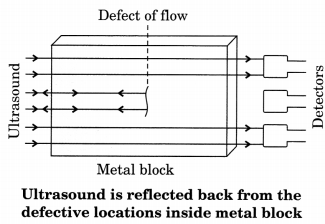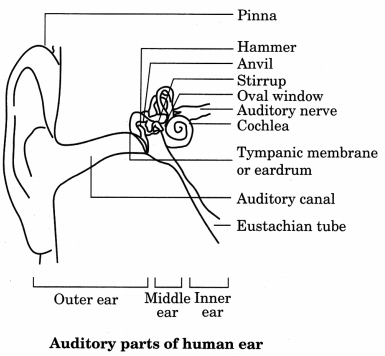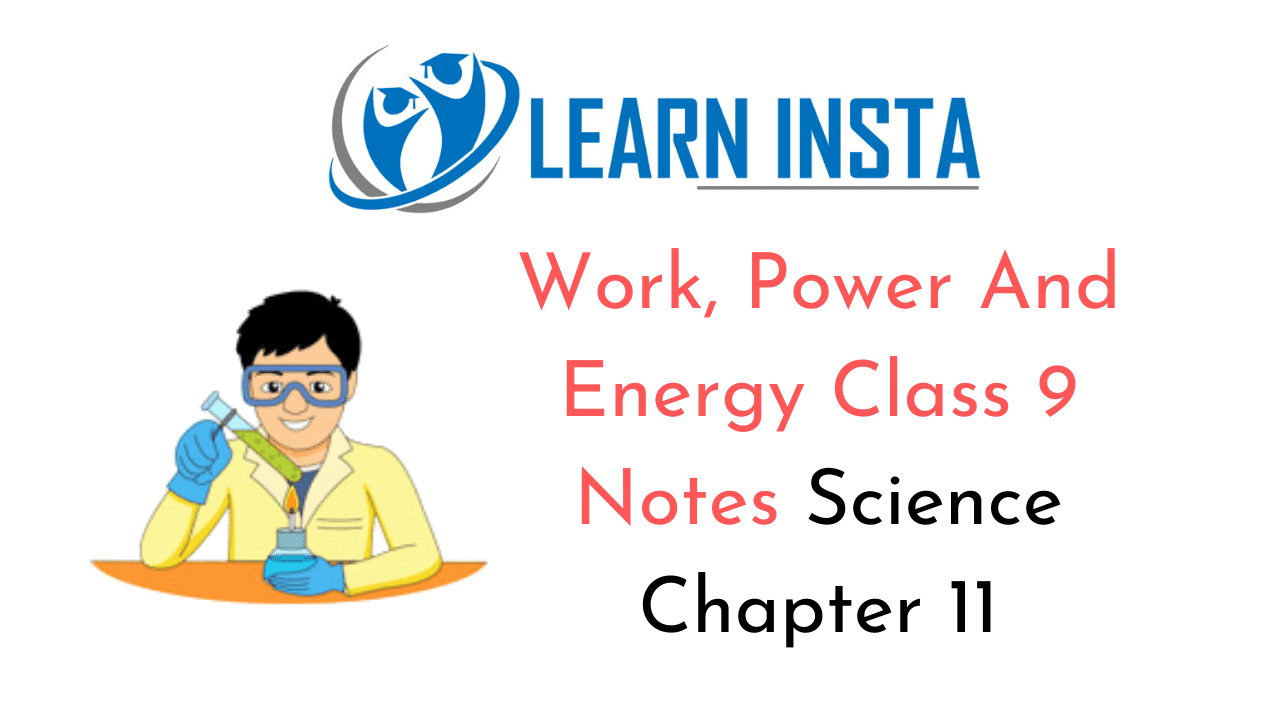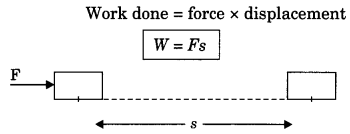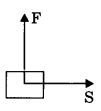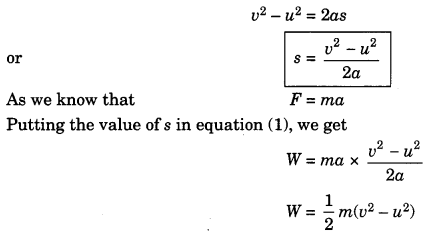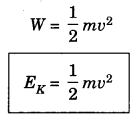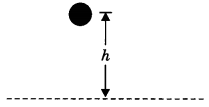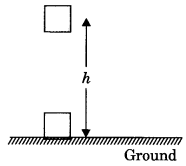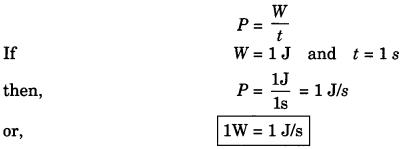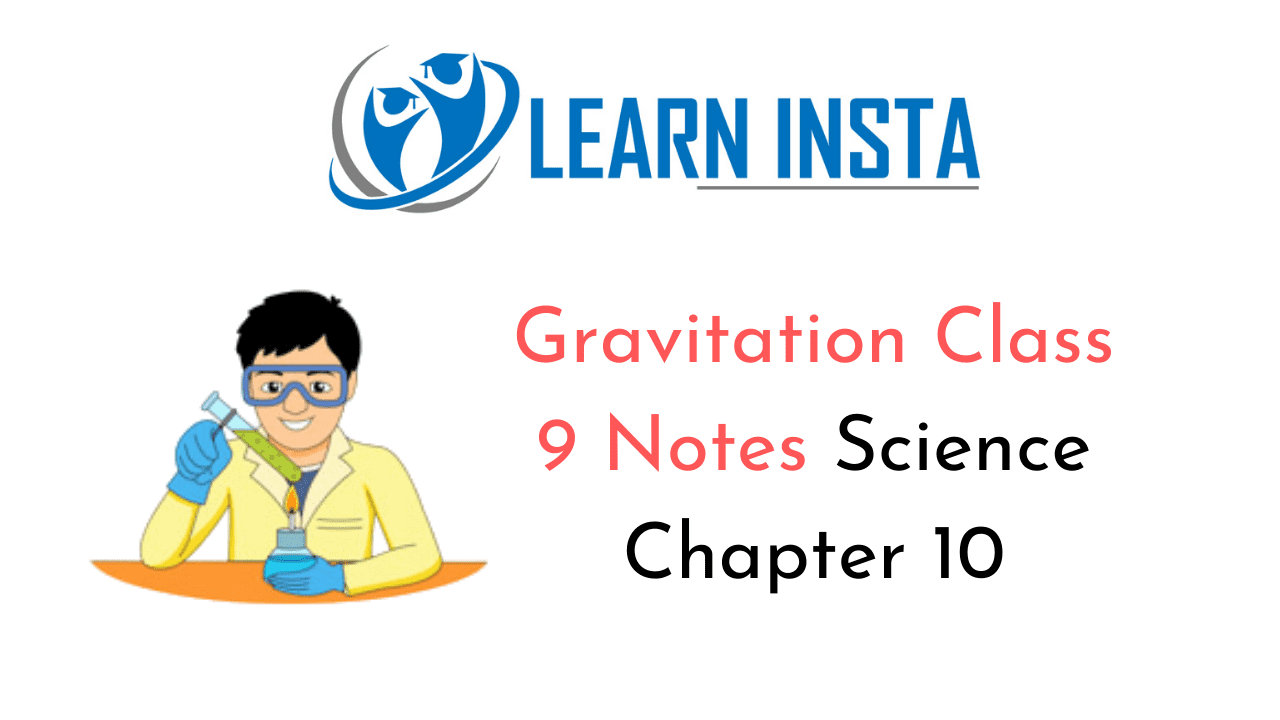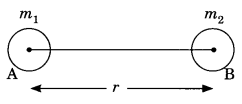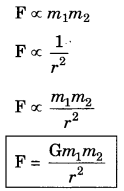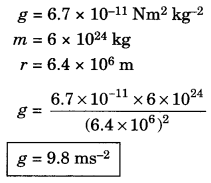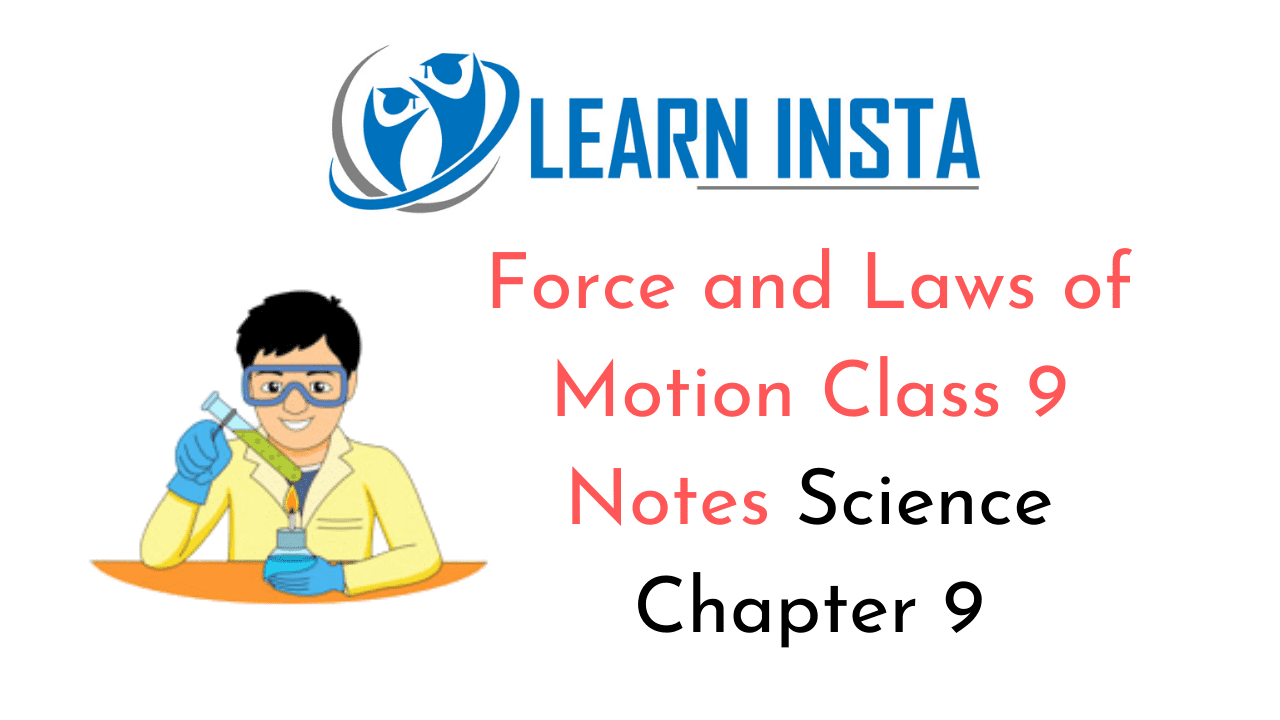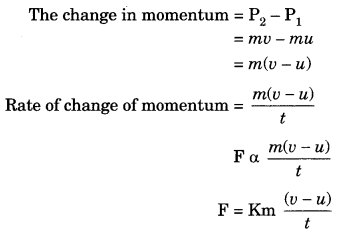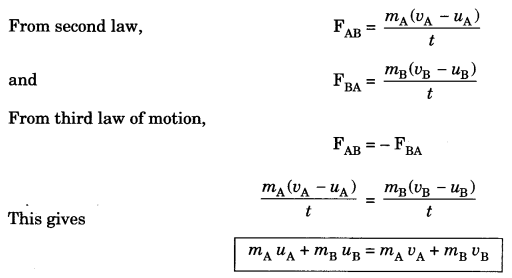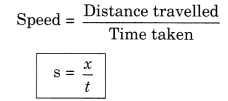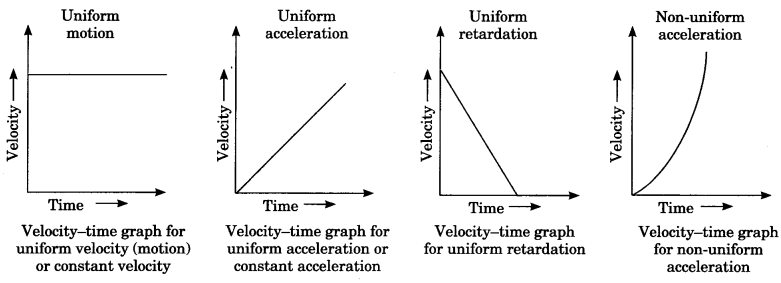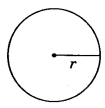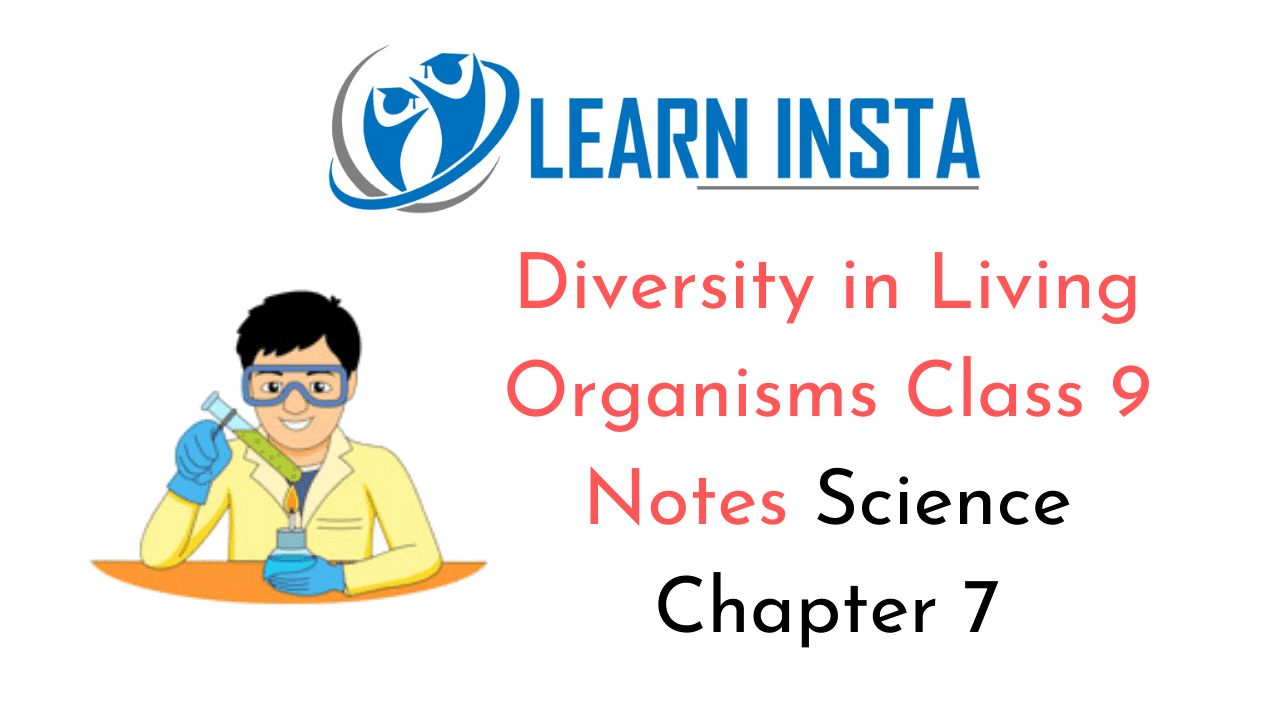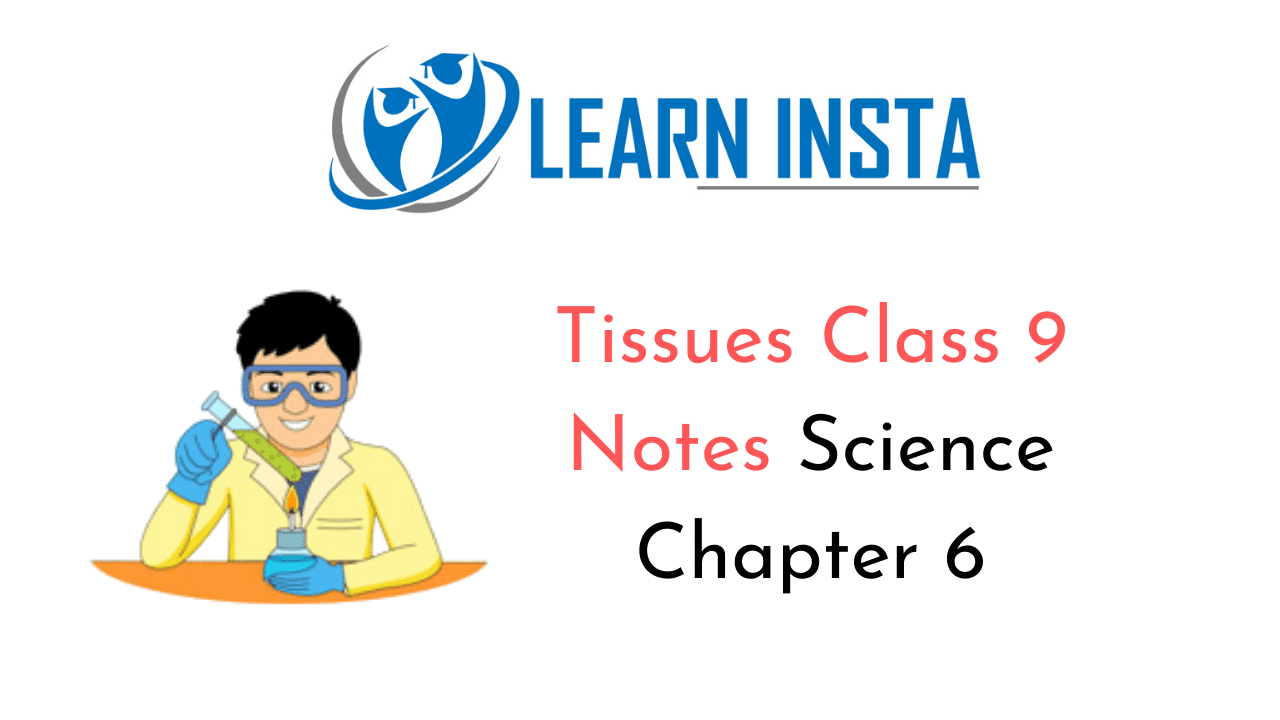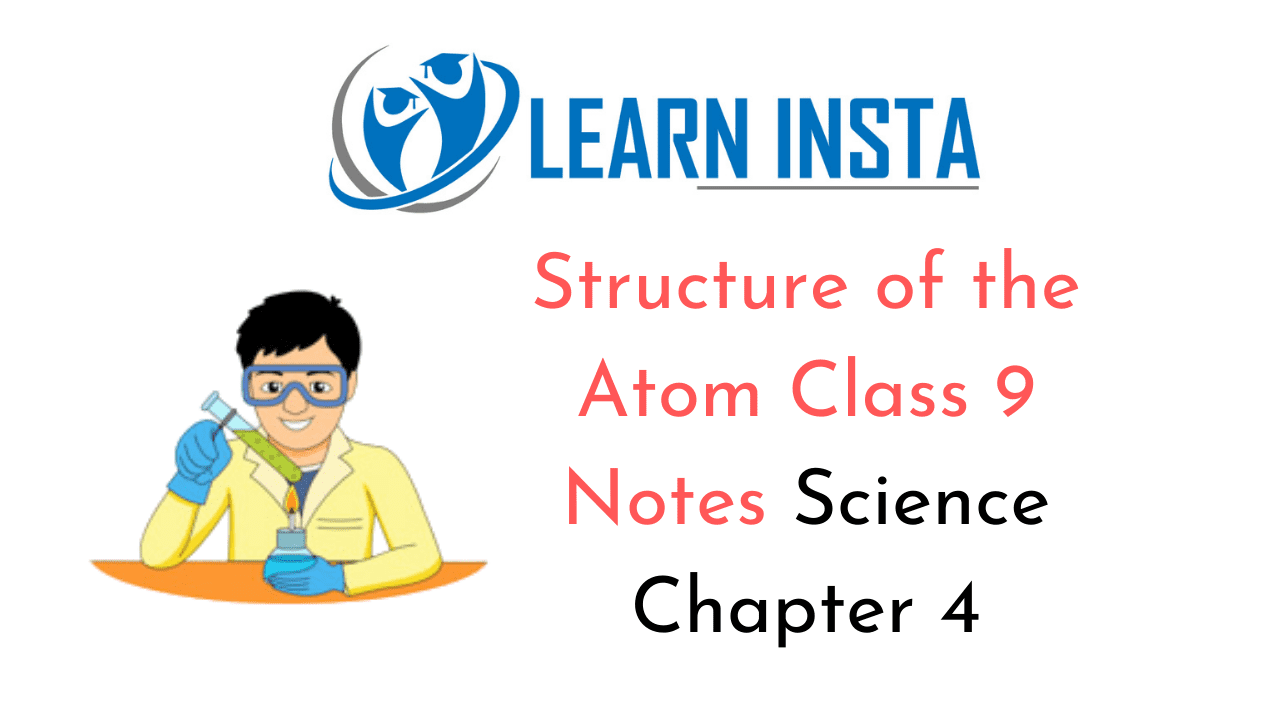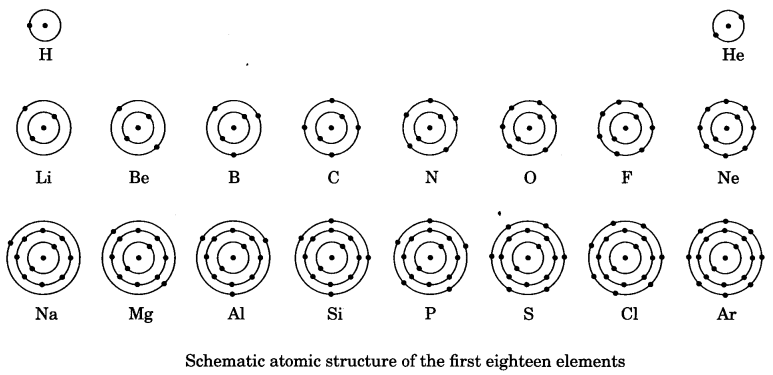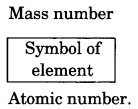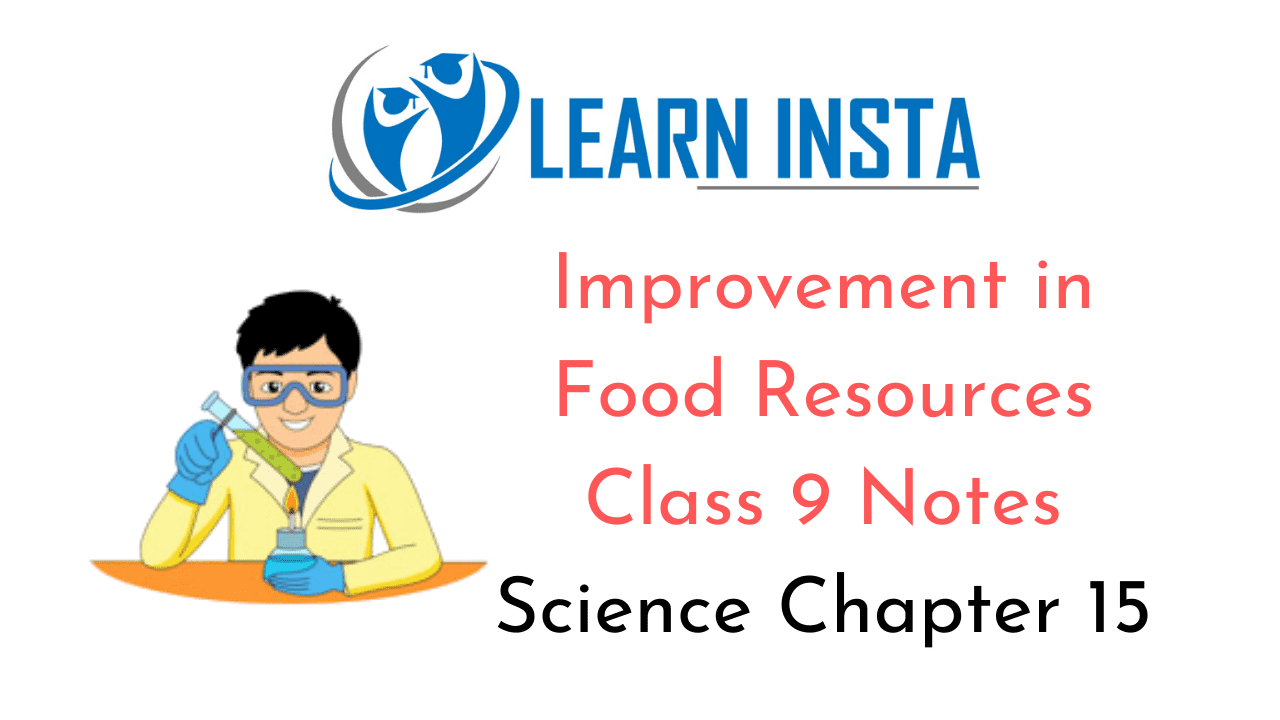
On this page, you will find Improvement in Food Resources Class 9 Notes Science Chapter 15 Pdf free download. CBSE NCERT Class 9 Science Notes Chapter 15 Improvement in Food Resources will seemingly help them to revise the important concepts in less time.
CBSE Class 9 Science Chapter 15 Notes Improvement in Food Resources
Improvement in Food Resources Class 9 Notes Understanding the Lesson
1. The population of India is more than one billion people, and it is still growing. So, the need of the hour is to increase the food production. This can be done by farming on more land. India is already intensively cultivated, so the only way out is to increase our production efficiency for both crops and livestock.
2. There is a need for sustainable practices in agriculture and animal husbandry to increase food production without degrading our environment and disturbing the balances maintaining it.
3. Types of Revolutions Related to Increase in Food Production
- Green revolution: increase in food grain production.
- White revolution: increase in milk production.
- Blue revolution: increase in fish production.
- Yellow revolution: increase in oilseed crops production.
- Golden revolution: increase in pulse production.
4. Kharif season crops: These are grown in rainy season from the month of June to October. Paddy, soyabean, pigeon pea, maize, cotton, green gram and black gram are kharif crops.
5. Rabi season crops: These are grown in winter season from November to April. Wheat, gram, peas, mustard and linseed are Rabi crops.
6. Msyor groups of activities for improving crop yields
- Crop variety improvement
- Crop production improvement
- Crop protection management
7. Hybridisation: A crossing between genetically dissimilar plants is called hybridisation.
8. Types of hybridisation
- Intervarietal: crossing between different varieties.
- Interspecific: crossing between two different species of the same genus.
- Intergeneric: crossing between different genera.
9. Ways of improving crop: Hybridisation, polyploidy, recombinant DNA technology, genetic manipulation, mutation breeding, etc.
10. Some of the factors for which variety improvement is done are
- Higher yield
- Improved quality
- Biotic and abiotic resistance
- Change in maturity duration
- Wider adaptability
- Desirable agronomic characteristics
- Higher yield
- Improved quality
- Biotic and abiotic resistance
- Change in maturity duration
- Wider adaptability
- Desirable agronomic characteristics
11. Nutrients
There are sixteen nutrients which are essential for plants. Carbon and oxygen supplied by air, hydrogen comes from water, and the other thirteen nutrients supplied by soil to plants.
12. Types of Nutrients:
- Macronutrients: The nutrients which are required in large quantities. They are six.
- Micronutrients: The nutrients which are required in small quantities. They are seven.
13. Manure
Manure is prepared by the decomposition of animal excreta and plant waste and contains a lot of organic matter which helps in enriching soil with nutrients and increasing soil fertility. It is classified on the basis of kind of biological material used as:
- Compost: Compost is prepared by decomposition of the farm waste material like livestock excreta (cow dung etc.), vegetable waste, animal refuse, domestic waste, sewage waste, straw, eradicated weeds, etc., in pits.
- Vermi-compost: The compost is called as vermicompost if it is prepared by using earthworms to hasten the process of decomposition of plant and animal refuse.
- Green manure: Green plants like sun hemp or guar are grown and then mulched by ploughing them into the soil prior to the sowing of the crop seeds to enrich the soil in nitrogen and phosphorus.
14. Fertilisers: They are commercially produced plant nutrients which supply nitrogen, phosphorus and potassium to soil in order to increase the crop yield.
15. Organic farming: It is a farming system which focuses on the minimal or no use of chemicals like fertilisers, herbicides, pesticides, etc., and with a maximum input of organic manures, recycled farm-wastes (straw and livestock excreta), use of bio-agents, etc.
16. Irrigation systems
Wells, canals, river lift system, tank, etc., are used for irrigation. Some new initiatives like rainwater harvesting and watershed management are being used. For this small check-dams are constructed to stop the rainwater from flowing and lead to an increase in ground water levels.
17. Cropping Patterns
- Mixed cropping: Growing two or more crops simultaneously on the same piece of land.
- Inter-cropping: Growing two or more crops simultaneously on the same field in a definite pattern.
- Crop rotation: Growing two or more crops on a piece of land in a pre-planned succession.
18. Crop Protection Management
Weeds: The unwanted plants in the cultivated field which compete for food, space and light with the crop plant and reduce the growth of the crop. For example, Xanthium (gokhroo), Parthenium (gajar ghas), Cyperinus rotundus (motha).
Weed control methods: Mechanical removal, spray of chemicals called weedicides and preventive methods like proper seed bed preparation, timely sowing of crops, intercropping and crop rotation.
Three ways in which insect pests attack the plants
- They cut the root, stem and leaf,
- They suck the cell sap from various parts of the plant, and
- They bore into stem and fruits.
19. Insect and Pest control methods: Spray of chemicals like insecticides, pesticides, use of resistant varieties and summer ploughing in which fields are ploughed deep in summers to destroy weeds and pests, crop rotation and cropping systems.
Ways to reduce loss during storage of grains
- Proper treatment and systematic management of warehouses.
- They include strict cleaning of the produce before storage,
- Proper drying of the produce first in sunlight and then in shade
- Fumigation using chemicals that can kill pests.
Animal Husbandry
- The scientific management of animal livestock is called animal husbandry.
Cattle husbandry is done for two purposes: milk and draught labour for agricultural work. - Two species of Indian cattle: Bos indicus of cows and Bos bubalis of buffaloes.
- Milch animals: Milk-producing females of cattle are called milch animals (dairy animals).
- Draught animals: Animals used for farm labour are called draught animals.
- Lactation period: The period of milk production after the birth of a calf is called lactation period. Milk
- production can be increased by increasing the lactation period.
- Exotic or foreign breeds of cow: Jersey, Brown Swiss are selected for long lactation periods while Local breeds of cow: Red Sindhi, Sahiwal show excellent resistance to diseases.
Food requirements of dairy animals:
Their food requirements are of two types:
- Maintenance requirement, which is the food required to support the animal to live a healthy life.
- Milk producing requirement, which is the type of food required during the lactation period.
Two types of feed for animals are
- Roughage, which is largely fibre.
- Concentrates, which are low in fibre and have high levels of proteins and other nutrients.
20. Poultry farming: It is undertaken to raise domestic fowl called layers for egg production and the broilers for chicken meat.
21. Indigenous breed: Aseel; Exotic or foreign breed: Leghorn
Desirable traits of poultry
- number and quality of chicks;
- dwarf broiler parent for commercial chick production;
- summer adaptation capacity/tolerance to high temperature;
- low maintenance requirements;
- reduction in the size of the egg-laying bird with ability to utilise more fibrous cheaper diets formulated using agricultural by-products.
22. Fish production: It includes the finned true fish as well as shellfish such as prawns and molluscs.
23. Two ways of obtaining fish
- Capture fishery: Fish are obtained from natural resources in capture fishery.
- Culture fishery: Fish farming is called culture fishery.
24. Types of fish: The fish can be classified according to the water source from which they are obtained as Freshwater fishery and Marine fishery.
25. Inland or freshwater fisheries: Fresh water resources include canals, ponds, reservoirs and rivers. Example- Catla, Rohu, etc.
26. Marine fisheries: Marine fishery resources include 7500 km coastline and the deep seas beyond it. Some marine fish varieties are pomphret, mackerel, tuna, sardines and Bombay duck. Fishes like mullets, bhetki and pearl spots; shellfish such as prawns, mussels and oysters as well as seaweed are of high economic value.
27. Composite fish culture systems: A combination of five or six fish species is used in a single fish pond in the composite fish culture system. The selected species do not compete for food among them as they have different types of food habits.
28. The types of fishes used are:
Catlas are surface feeders, Rohus feed in the middle-zone of the pond, Mrigals and Common Carps are bottom feeders, and Grass Carps feed on the weeds. As a result, the food available in all the parts of the pond is used.
29. Bee Keeping: It is done for obtaining honey which is used in many medicinal preparations and bee wax which is used in cosmetics.
30. Local variety of bee: Apis cerana indica, commonly known as the Indian bee, Apis dorsata, the rock bee and Apis florae, the little bee.
31. Italian bee variety: Apis mellifera is the Italian variety of bee. It has the following advantages:
- They have high honey collection capacity.
- They sting somewhat less.
- They stay in a given beehive for long periods, and breed very well.
Class 9 Science Chapter 15 Notes Important Terms
Green revolution: The increase in food grain production is called green revolution.
White revolution: The increase in milk production is called white revolution.
Blue revolution: The increase in fish production is called as blue revolution.
Yellow revolution: The increase in oilseed crops production is called yellow revolution.
Golden revolution: The increase in pulse production is called golden revolution.
Kharif season crops: These crops are grown in rainy season from the month of June to October. Rabi season crops: These crops are grown in winter season from November to April.
Hybridisation: A crossing between genetically dissimilar plants is called as hybridisation. Macronutrients: The nutrients which are required in large quantities.
Micronutrients: The nutrients which are required in small quantities.
Manure: Manure is prepared by the decomposition of animal excreta and plant waste and helps in increasing soil fertility.
Vermi-compost: The compost prepared by using earthworms to hasten the process of decomposition of plant and animal refuse.
Fertilisers: They are commercially produced plant nutrients which supply nitrogen, phosphorus and potassium to soil in order to increase the crop yield.
Organic farming: The farming system which focuses on the minimal or no use of chemicals like fertilisers, herbicides, pesticides etc. and with a maximum input of organic manures, recycled farm- wastes (straw and livestock excreta), use of bio-agents, etc.
Mixed cropping: Growing two or more crops simultaneously on the same piece of land.
Inter-cropping: Growing two or more crops simultaneously on the same field in a definite pattern.
Crop rotation: Growing two or more crops on a piece of land in a pre-planned succession.
Weeds: The unwanted plants in the cultivated field which compete for food, space and light with the crop plant and reduce the growth of the crop.
Animal husbandry: The scientific management of animal livestock is called animal husbandry. Milch animals: Milk-producing females are called milch animals (dairy animals).
Draught animals: Animals used for farm labour are called draught animals.
Lactation period: The period of milk production after the birth of a calf is called lactation period. Capture fishing: Fish obtained from natural resources is capture fishing.
Culture fishery: Fish farming is called culture fishery.
Composite fish culture systems: A combination of five or six fish species is used in a single fish pond in the composite fish culture system.
